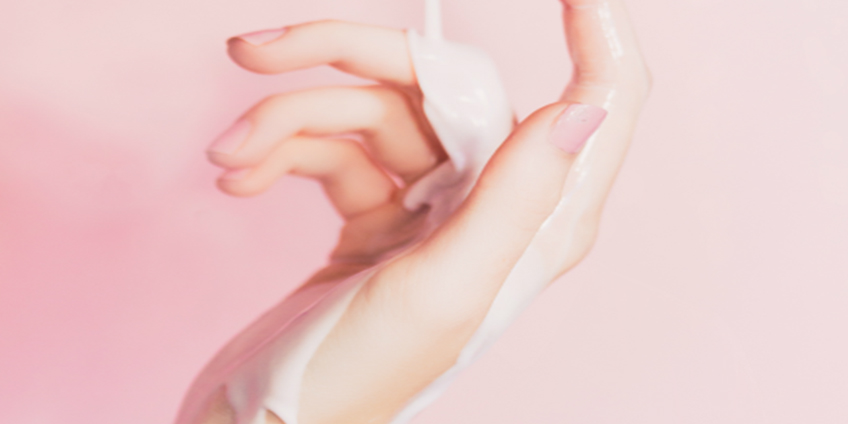The average American is exposed to more than 100 chemicals from the cosmetics and other personal care products they use each morning, according to Harvard’s School of Public Health. Unfortunately, labels such as “natural,” “botanical” or “made with organic ingredients” don’t necessarily mean the products are safe because these terms have no legal definition. Furthermore, in the United States, the cosmetics and personal care industry is not well regulated. Although the Food and Drug Administration (FDA) currently has jurisdiction over the regulation of personal care products, the agency doesn’t test or monitor the safety of products. The long list of ingredients in your shampoo or lotion may contain chemicals and heavy metals that are known to cause cancer or disrupt brain development.
There are a few things you can do to reduce your exposure to toxins in your personal care products. First, read the ingredients list: If you can’t pronounce an ingredient, chances are it isn’t good for you. Second, check out the Environmental Working Group’s Skin Deep® Cosmetics Database, where you can look up the safety of more than 97,000 products and ingredients. Third, keep your eyes open for the following seven ingredients, which are common in personal care products and can cause a variety of health concerns.
1. Triclosan
Found in soaps and toothpastes, triclosan is a widely used antimicrobial pesticide; in fact, it’s so widely used that there is concern that triclosan could be contributing to making bacteria resistant to antibiotics. Triclosan not only irritates the skin; it may also promote cancer and disrupt the endocrine system.
2. Toluene
Toluene is a toxic chemical commonly found in nail products and hair dyes. It is also listed on labels as benzene, toluol, phenylmethane, or methylbenzene.Toluene can affect the respiratory and central nervous systems,damage the liver and kidneys, and cause birth defects and spontaneous abortion.
3. Fragrance
Most cosmetics and other personal care products contain scents, which are typically labeled as “fragrances” and do not include the list of chemicals they are comprised of. Fragrances can contribute to air pollution and health issues such as hormone disruption, asthma, allergies, and migraines.
4. Parabens
Parabens are estrogen-mimicking preservatives found in many cosmetics and other body-care products. A study by the Centers for Disease Control and Prevention showed that most of the participants tested for paraben exposure came up positive.While exposure is widespread, and studies have shown a potential link between paraben exposure and the proliferation of breast cancer cells, the FDA continues to hold the position that parabens are safe in cosmetics.
5. Butylated Hydroxyanisole (BHA)
The European Union deemed butylated hydroxyanisole (BHA) unsafe for use in fragrance, but BHA can still be found in cosmetics and other personal care products in the United States. The National Toxicology Program considers BHA a carcinogen, and animal studies have indicated it damages the reproductive system.
6. Phthalates
Found in hundreds of personal care products and other merchandise, from shower curtains to wood finishes, phthalates are very common in the United States. Most Americans tested by the Centers for Disease Control and Prevention in the National Health and Nutrition Examination Survey during 2003 to 2004 showed the metabolites of several phthalates in their urine. Phthalates are considered toxic to normal development and the reproductive system, and can potentially cause endocrine disruption and cancer.
While it’s impossible to avoid every toxic chemical, doing a little research before buying a certain product can help minimize your exposure. Once you do your research, find safe products you like, and figure out where to buy them, it could be just as easy to purchase safe products as it is to purchase toxic ones.
Looking to clear your bodies of these toxins? I can help! Contact me for a consultation today!




